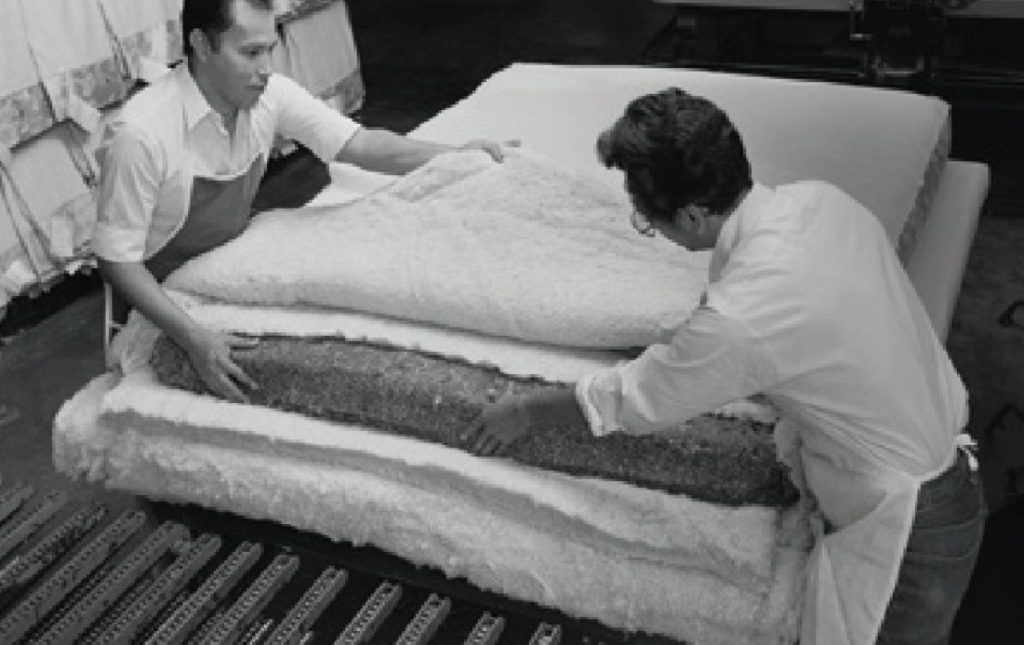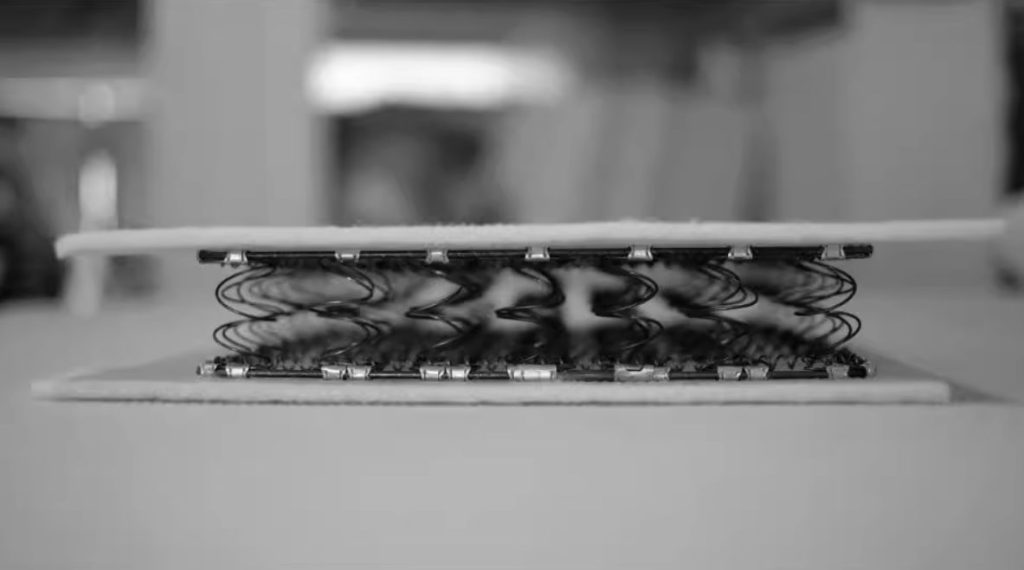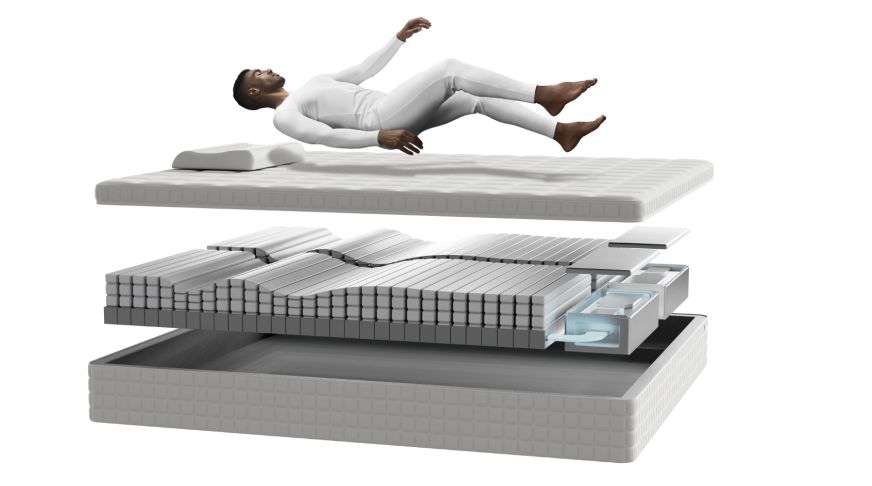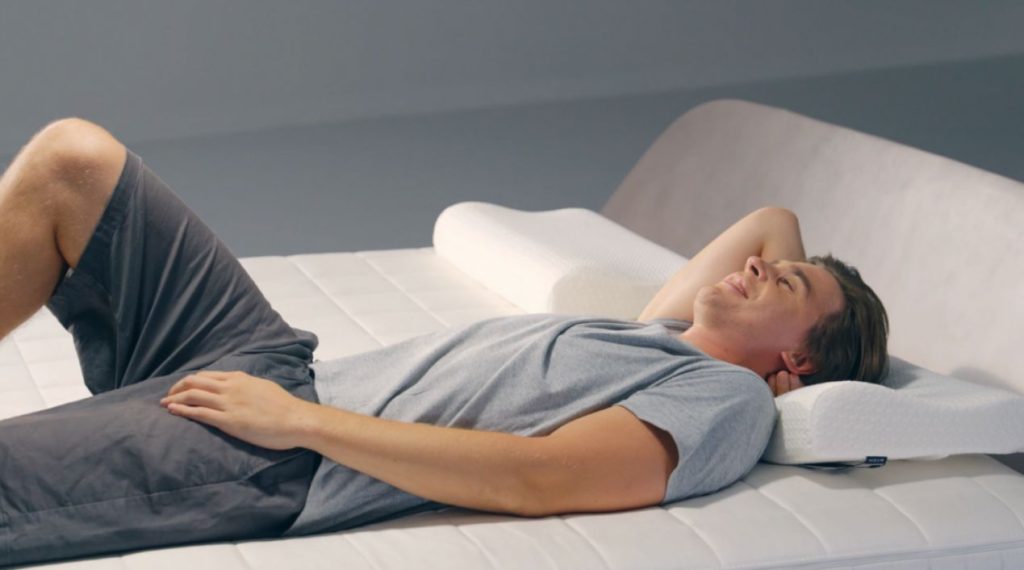Throughout the past centuries, humanity's pursuit of quality sleep has driven the continuous evolution of mattresses. From straw mats and cotton-filled mattresses to spring and memory foam mattresses, every past innovation has focused solely on material and craftsmanship improvements without truly transforming the essence of the sleep experience. Today, with the integration of artificial intelligence (AI), mattresses are no longer just passive support tools but have evolved into "round-the-clock sleep expert," ushering in a revolution in nighttime rest. This breakthrough is not only redefining the boundaries of comfort but also driving a global shift in how we perceive a healthy lifestyle.
At the core of this revolution lies the transition from "static support" to "dynamic adaptation." Traditional mattresses, while capable of meeting basic sleep needs, fail to address challenges posed by differences in body types and shifting sleep positions, often leading to imbalanced pressure on the back and shoulders, difficulty falling asleep, and frequent sleep disruptions. The emergence of AI mattresses is ushering in a new era of smarter, more personalized sleep. This article will explore this sleep revolution from three key aspects: technological advancements, improved user experience, and future trends.

From Conventional to Smart: The Evolution of Mattress Technology
The advancement of mattress technology is fundamentally a dual exploration of ergonomics and material science. In the late 19th century, the invention of the spring mattress marked the first introduction of mechanical structures into the sleep industry. By evenly distributing pressure, metal springs provided fundamental support, addressing the common issues of traditional filling materials, such as sagging and poor breathability.

However, this integrated spring system had a major drawback—motion transfer. Any movement, such as turning over, would cause the entire mattress surface to shift, significantly disrupting sleep continuity.
To address the shortcomings of traditional innerspring mattresses, a Canadian engineer in 1899 introduced the concept of individually encased coils, enclosing each spring in a non-woven fabric pocket. This innovation allowed the springs to move independently, reducing motion transfer and minimizing sleep disturbances.
However, despite this improvement, the challenge of "static support" remained. The pre-set spring distribution parameters could not adapt to different body types, nor could they respond to dynamic posture changes during sleep. Even with the introduction of advanced materials such as memory foam and latex, the industry still struggled to break free from the "one-size-fits-all" limitation, failing to fully address individual sleep needs.

This long-standing challenge was broken in 2013 by the HEKA research team, who integrated AI algorithms, sleep medicine databases, and sensor systems into mattresses, leading to the invention of the AI mattress.
The breakthrough of this technology lies in the fact that the mattress is no longer a passive support structure. By embedding intelligent and adaptive modules, it delivers an entirely new sleep experience. Without the need for complex manual settings, the AI mattress automatically recognizes sleeping position changes and makes real-time adjustments, adapting to both individual needs and shifting conditions.
This adaptive adjustment capability provides the first-ever systematic solution to the centuries-old challenge of sleep support, revolutionizing the way people achieve personalized and restorative rest.

How Does an AI Mattress Improve Sleep?
The lack of proper neck and lumbar support in traditional mattresses stems from a fundamental contradiction between their static mechanical framework and the body's dynamic needs. Take the supine sleeping position as an example. Traditional mattresses provide homogeneous support, which often leads to an unnatural spinal curvature. The lower back sinks due to insufficient support, while the neck remains suspended due to the fixed height of the pillow. Over time, this imbalance can cause pressure misalignment, stiffness, and discomfort.
The core value of an AI mattress is more than just a comfortable bed. By leveraging intelligent technology, it actively enhances sleep quality and sleep health in multiple ways:
Personalized Adjustment for Optimal Spinal Support
Traditional mattresses fail to accommodate different body types and sleep positions, often leaving the spine in an unnatural curvature that disrupts deep sleep. In contrast, an AI mattress dynamically adjusts its support in real time, ensuring full-body contouring and alignment. By reducing lower back suspension and minimizing shoulder pressure, it allows users to fall asleep in a naturally comfortable and relaxed position.
Minimizing Movement Disruptions for Deeper Sleep
Inadequate mattress support often leads to frequent movements, disrupting sleep continuity. An AI mattress intelligently adapts in real time, keeping the body in an optimal comfort state. This reduces unnecessary turning over and increases the duration of deep sleep, promoting more restorative rest.
Adaptive Support Throughout the Night
During sleep, the body naturally shifts positions, yet traditional mattresses provide fixed support that cannot accommodate these changes. An AI mattress continuously detects sleep positions and adjusts in real time, optimizing support based on body movements. This ensures that every sleeping position remains comfortable and properly aligned, promoting healthier and more restful sleep.
Smart Interaction for a Seamless Experience
Unlike many smart home products that require manual adjustments, an AI mattress delivers a truly effortless experience. Users do not need to set parameters or make frequent modifications. The mattress automatically learns and adapts to individual sleep habits, providing intelligent support with zero intervention for a seamlessly comfortable rest.

The Rise of AI Mattresses: The Future of Sleep
Initially positioned in the high-end market, AI mattresses are now recognized by premium consumers and increasingly embraced by the mass market. By integrating advanced sensor systems, AI algorithms, and precise adjustment mechanisms, these mattresses deliver a fully personalized sleep experience. As technology continues to evolve and manufacturing processes become more efficient, AI mattresses are gradually moving into the mainstream, emerging as the preferred choice for the future of sleep health.
HEKA: A Pioneer in AI Mattress Innovation
HEKA has undoubtedly been a key driving force in the development of AI mattresses. As early as 2013, the HEKA team invented the AI mattress and secured a patent in 2014, establishing itself as an industry leader. HEKA AI Mattress was the first to achieve all-night, real-time, and silent adaptive adjustments with full-body contouring, pioneering the world's first truly AI-driven adaptive sleep experience. HEKA’s research team brings together experts from Stanford University’s Center for Sleep Sciences and Medicine and iFutureLab, continuously pushing the boundaries of AI-powered sleep technology.
The Transformation of Sleep Experience and Emerging Trends
Globally, AI mattresses are no longer just a concept but an integral part of the smart home ecosystem. With continuous advancements in artificial intelligence, big data, and the Internet of Things (IoT), AI mattresses are rapidly becoming more accessible. This evolution is shaping several key trends:
Seamless Integration with the Smart Home Ecosystem
In the future, AI mattresses will be more than just a mattress. They will become the core of the smart bedroom, seamlessly connecting with smart lighting, climate control, and sleep-enhancing audio to create a fully integrated AI-driven sleep ecosystem.
Continuous Evolution of AI Learning Capabilities
The intelligence of AI mattresses will continue to evolve. Through deep learning algorithms, they will better understand users' sleep preferences and provide more precise personalized adjustments. Additionally, as global sleep medicine databases expand, AI mattresses will continuously enhance their sleep optimization capabilities, offering even more scientifically advanced sleep solutions.
AI Mattresses: Leading a Global Sleep Technology Revolution
From the static support of traditional mattresses to the dynamic adaptability of AI mattresses, this technological leap represents not only the advancement of innovation but also a deep understanding of fundamental human needs. As pioneers like HEKA continue to push the boundaries of technology, a new era of intelligent sleep has quietly arrived—where every night is a personalized wellness solution, and every morning is an upgraded experience for a better life.





![Top 7 Emerging AI Technologies to Watch [2025-2026]](https://www.ceotodaymagazine.com/wp-content/uploads/2025/04/iStock-2168231084-150x150.jpg)




